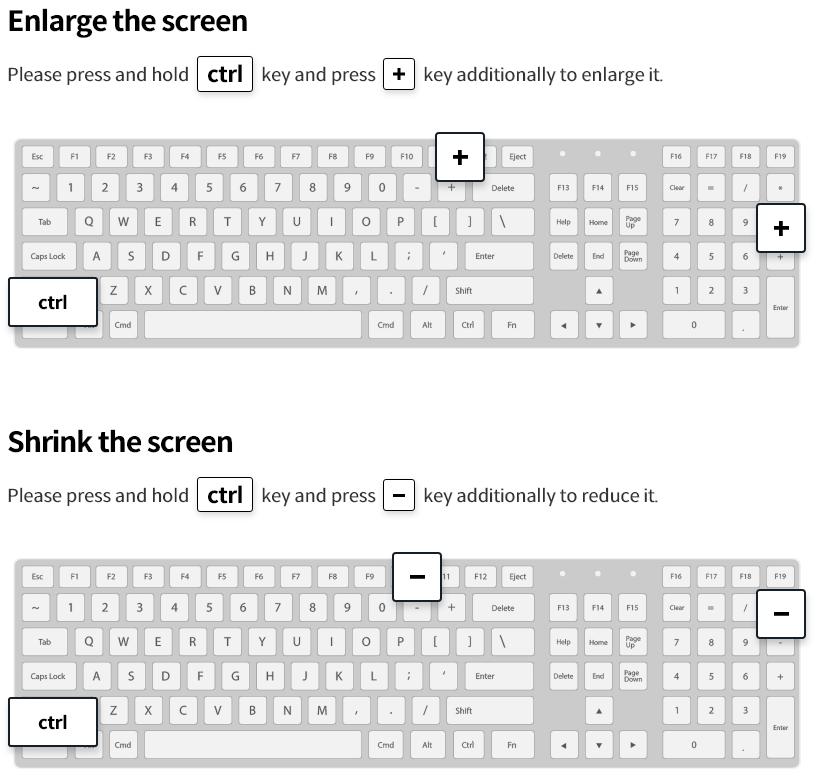Overseas subsidiaries of Korean companies were found to have performed better in 2012 than the previous year, in spite of the European Debt Crisis and global recession.
The Export-Import Bank of Korea (www.koreaexim.go.kr, Chairman Kim Yong-hwan, “Korea Eximbank”) published its ‘FY 2012 Foreign Direct Investment Performance Report’ on October 31, which analyzes data on 5,204 foreign subsidiaries of Korean firms.
According to the report, Korean subsidiaries overseas recorded a combined net sales of USD 674.1 billion, operating income of USD 24.5 billion, and net income of USD 15 billion in 2012.
※ FY 2011 Performance of 4,429 overseas subsidiaries: Net sales USD 553.5 billion, operating income USD 19.8 billion, Net Income USD 12.3 billion
Average net sales per corporation increased 3.7% YOY, from USD 125 million to USD 129.5 million.
By sector, manufacturing and wholesale and retail distribution respectively accounted for 50.4% and 40.2% of total net sales, comprising 90.6% of the total.
By country, China (USD 193.1 billion) and the U.S. (USD 116.4 billion) accounted for the greatest shares of sales, adding up to 45.9% of the total.
The average net income per corporation has also increased by 3.6% from USD 2.78 million to USD 2.88 million.
The net income margin of the subsidiaries remained the same as in 2011, at 2.2%.
By sector, net income margins of subsidiaries in manufacturing and wholesale and retail distribution respectively rose to 3.1% and 1.4% (from 2.4% and 1.2% in 2012), while that of mining dropped from 14.6% to 3.2% due to a fall in gas and steel prices.
By region, the net income margin of subsidiaries in China dropped from 3.4% to 3.1% owing to China’s economic slowdown and wage increases, while that of U.S. subsidiaries climbed from 1.3% to 1.5%, thanks to a recovery driven by Quantitative Easing.
Additionally, it was found that the impact of foreign subsidiaries on their parent companies, and more broadly to Korea’s exports and imports, increased significantly compared to the previous year.
Exports by parent companies to their overseas subsidiaries amounted to USD 204.1 billion, which accounted for 37.3% (31.4% in the previous year) of Korea’s total exports.
On the other hand, imports from overseas subsidiaries stood at USD 129.6 billion, or 24.9% (18.4% in the previous year) of total imports.
The return on investment in overseas subsidiaries increased to 11.8% from 11.6% of the previous year.
Such improved profitability has benefited parent companies, with Korean investors receiving dividends amounting to USD 4.27 billion.
A Korea Eximbank official remarked, “Despite a harsh global business environment, the performance of overseas subsidiaries is improving and companies investing abroad are moving beyond merely taking advantage of wage differentials to penetrating local markets through localization strategies. We anticipate overseas subsidiaries to contribute even more to Korea’s economy by helping to expand trade and by repatriating profits.”
Korea Eximbank will publish the ‘FY 2012 Foreign Direct Investment Performance Report’ at the end of the year.


